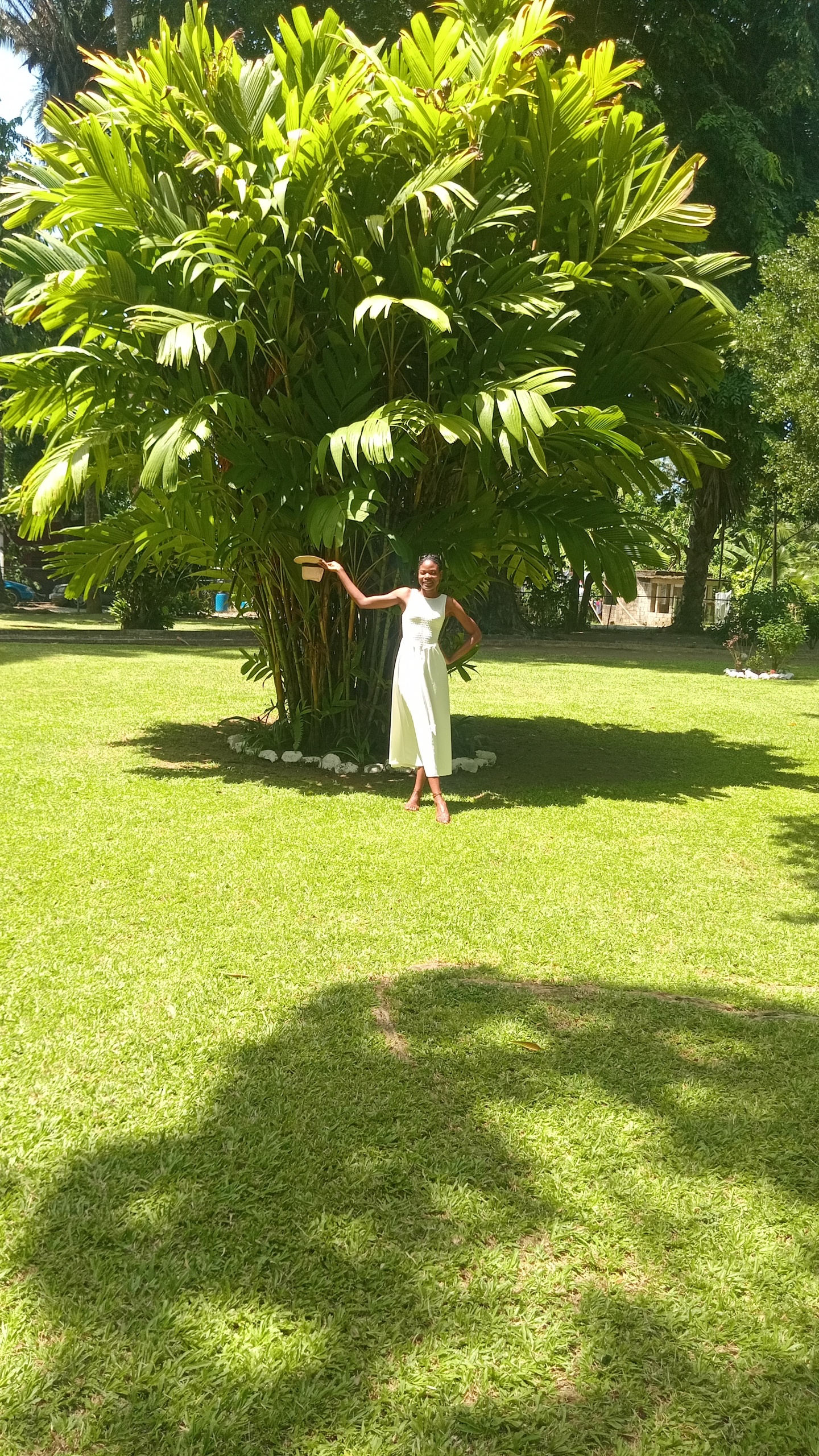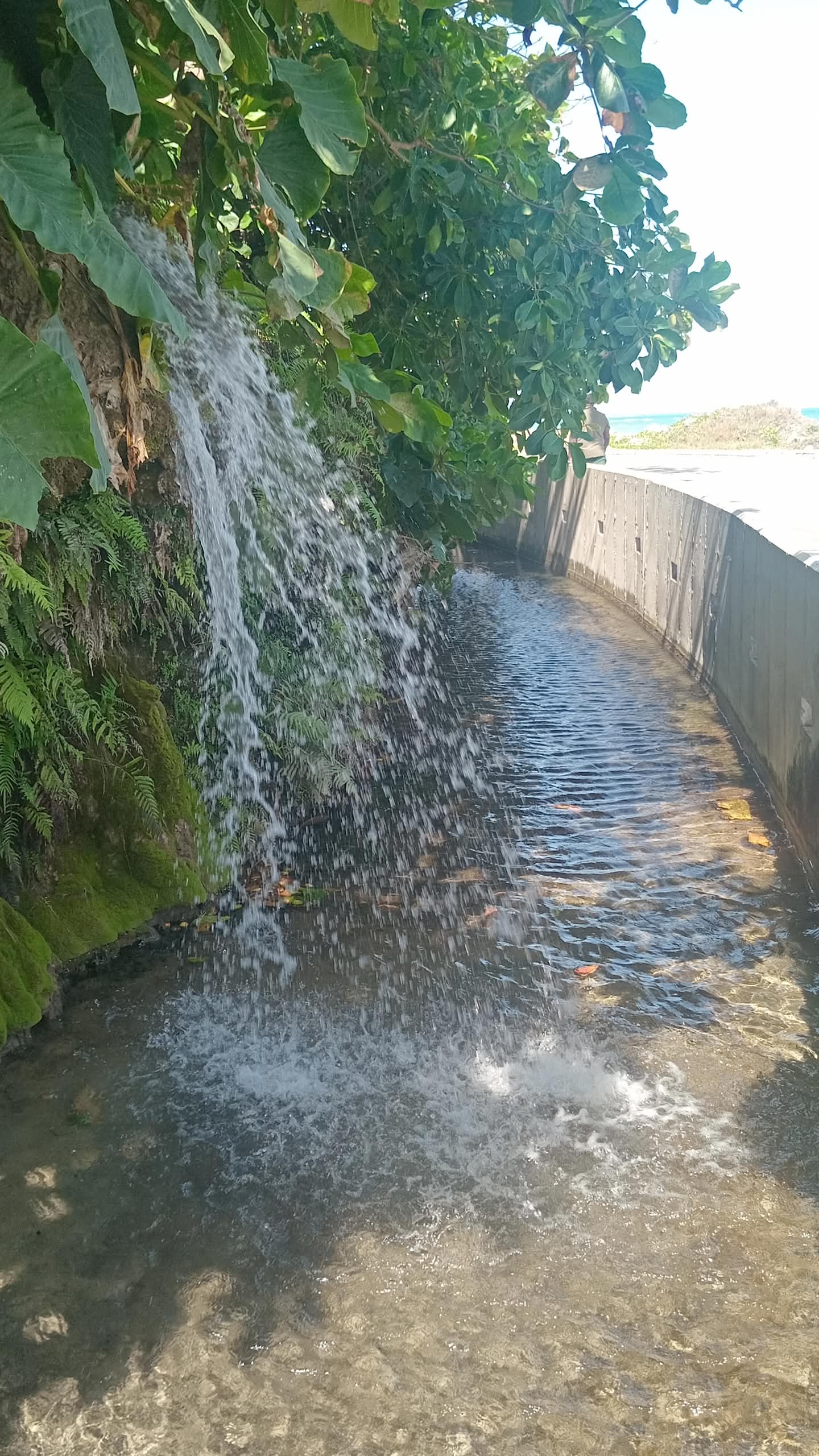Nestled in the historic community of Bath in St. Thomas, is one of the oldest botanical gardens in the Western Hemisphere: Bath Botanical Gardens. As a matter of fact, it is the second oldest, according to The Jamaica National Heritage Trust.
The creation of the garden (1779) came only after the community of Bath itself came into existence. It is said, that the garden was created for economic and recreational purposes. As for the latter, many have benefitted and continue to benefit from the tranquility and scenic nature of the garden. It is especially a cool welcome to visitors of the neighbouring Bath Fountain. As it is hoped the after or even before the adventure to the Spa, visitors will relax here, and be one with nature.
In this post, I’m taking you along on a road trip to Bath Botanical Gardens in St. Thomas! I’ll share with you photos, videos, tips and history in a fun, digestible way.
Before that though, let’s pack a picnic basket!

www.rootingforgrwothwithfionadacosta.com
What to Take with You to Bath Botanical Gardens in St. Thomas
Considering the lawns are well manicured, it wouldn’t hurt to take along your picnic blanket to spread on the grass for ultimate relaxation. In view of that, snacks would come in handy as well as your water bottle (with water of course!). If you enjoy journaling, then your journal and pen will be a great addition, this can also be used to take notes if you decide on getting a tour of the property from the tour guide.
Also, since there may be other visitors nearby, earplugs/headphones are convenient. Similarly, a power bank is essential if you have one to keep your phone charged throughout your visit.
Anything else, really depends on you, think about the things you would like to take that will enhance your visit. On this trip, one visitor had her laptop and her stuffed toy. So you see, it’s really up to you.
Road Trip To Bath Botanical Gardens St. Thomas
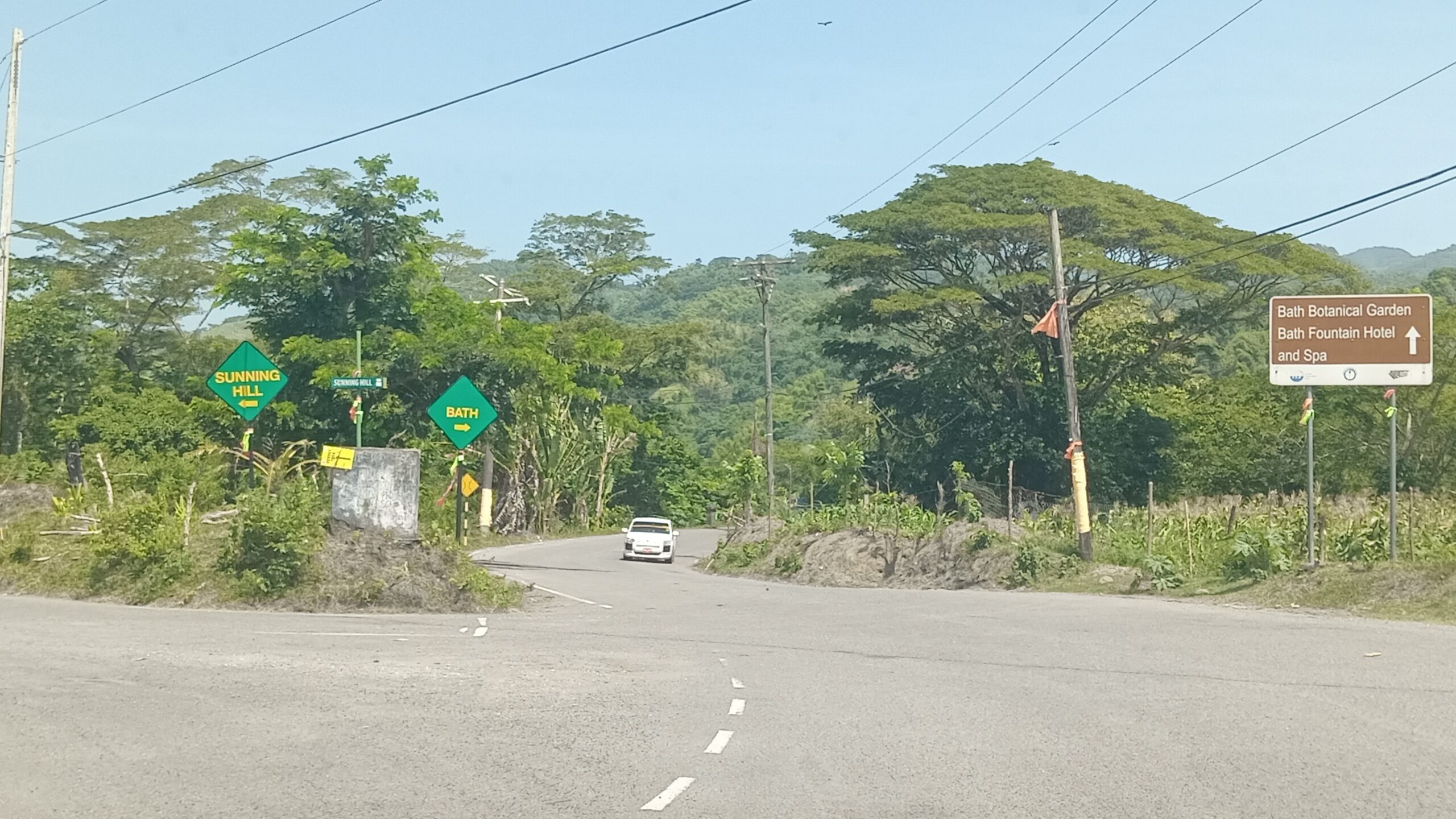
Road leading to Bath Botanical Gardens in St. Thomas
www.rootingforgrowthwithfionadacosta.com
The road from here is winding, and gets narrow in a few areas. One must take care to drive with caution and stay as left as possible when going around corners. The lush greenery on either side of the road allows for some fresh, natural air.
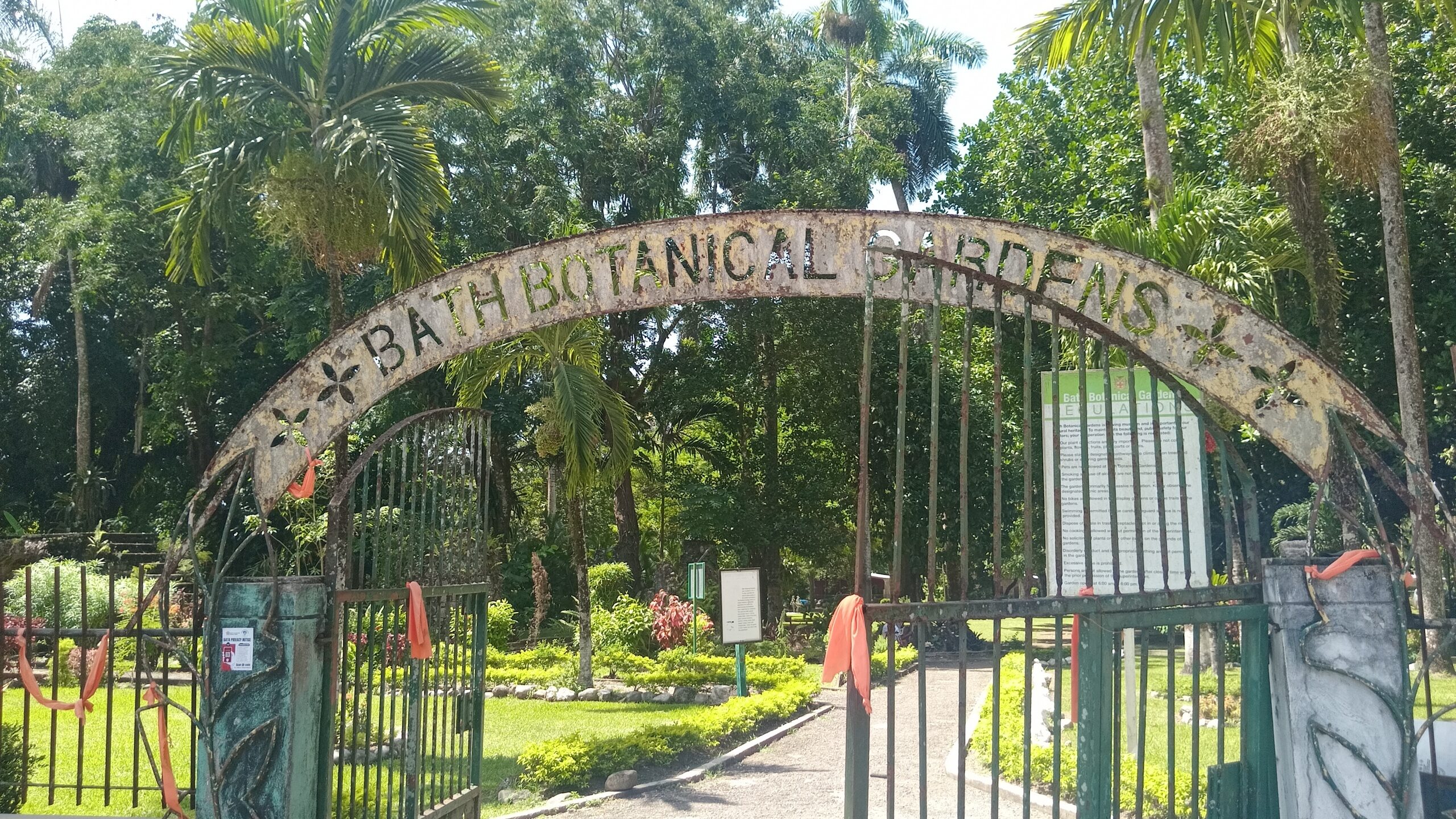
Worthy of note, is that this entrance leads you inside via footpath. As a result, parking is not facilitated at this entrance. However, on this very same side of the road, there is another entrance where parking can be done.
Sometimes, there are community locals nearby, who help with directions. On my visit, I found them to be quite friendly and respectful.
Once in, I made note of the regulations, governing one’s visit to the Gardens.
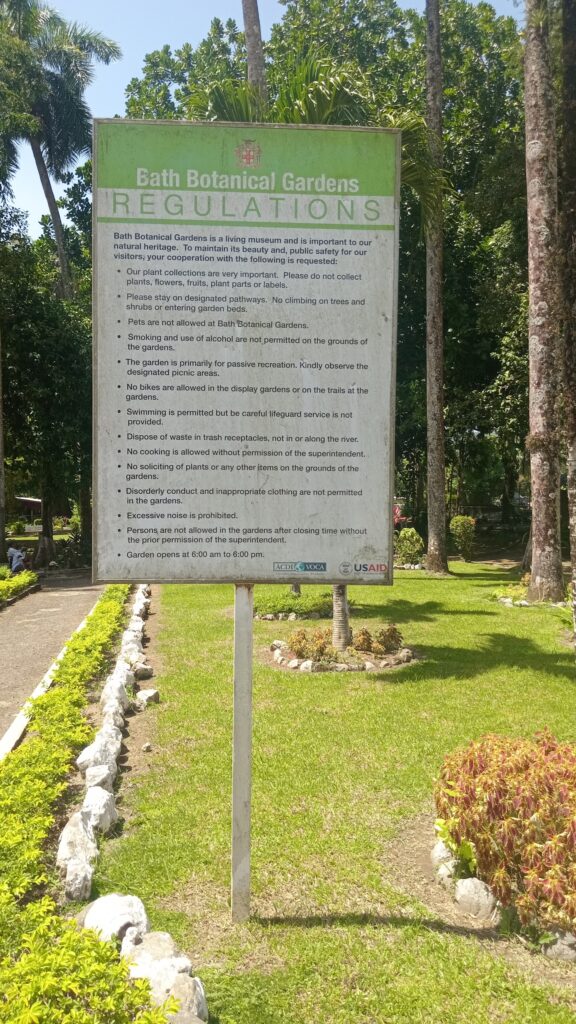
www.rootingforgrowthwithfionadacosta.com
The Regulations noted: “Bath Botanical Gardens is a living museum and is important to our natural heritage. To maintain the beauty and, public safety to our visitors, your cooperation with the following is requested:” it goes on to list some prohibitions like smoking, soliciting plants, littering, excessive noise etc.
“Bath Botanical Gardens is a living museum and is important to our natural heritage.”
Bath Botanical Gardens
The breadfruit tree seen in this video was planted by former Prime Minister of Jamaica The Honourable Portia Simpson-Miller during a state visit to the Gardens!
Close to the boundary of the Garden, right behind it, is the ‘descendant’ of the first ever breadfruit tree in Jamaica! According to the Jamaica National Heritage Trust, it was brought to Jamaica by one Captain Bligh in 1793
The Wishing Well At Bath Botanical Gardens
On property is a wishing well! How magical! Play the video below to get some insight into the well.
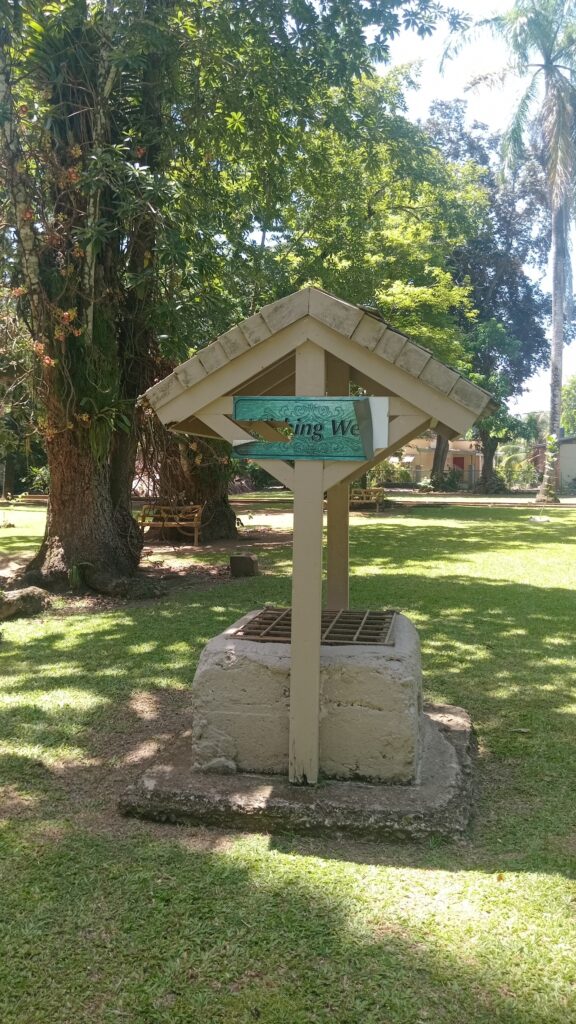
Wonderful Trees at Bath Botanical Gardens in St. Thomas
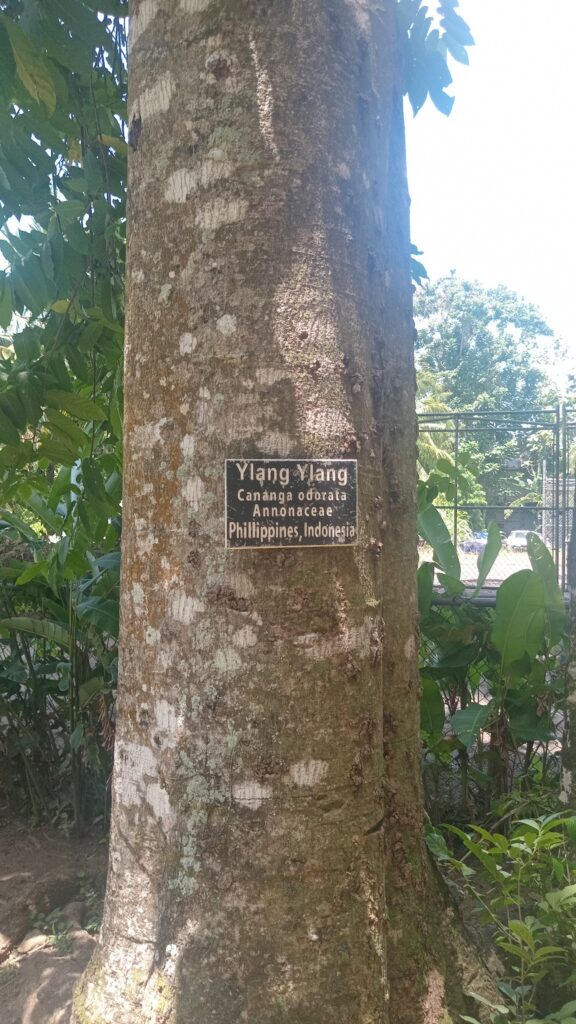
From what I learnt from Nicole, the tour guide, this tree is also called “Perfume Tree.” That’s because when it is in bloom, it produces a radiant and aromatic yellow flower. To my surprise, she noted that the flower’s properties are widely used to make actual perfumes, notably Chanel No. 5!
Here, she shares a flower with me to smell!
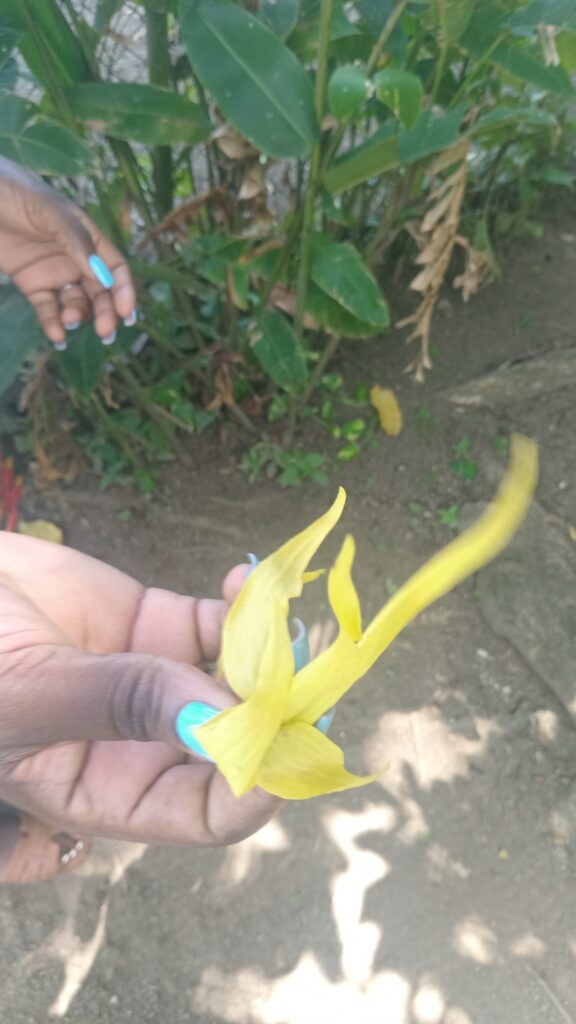
Harlem Brands, Candles and Perfumes: What is Ylang Ylang and what does it smell like?
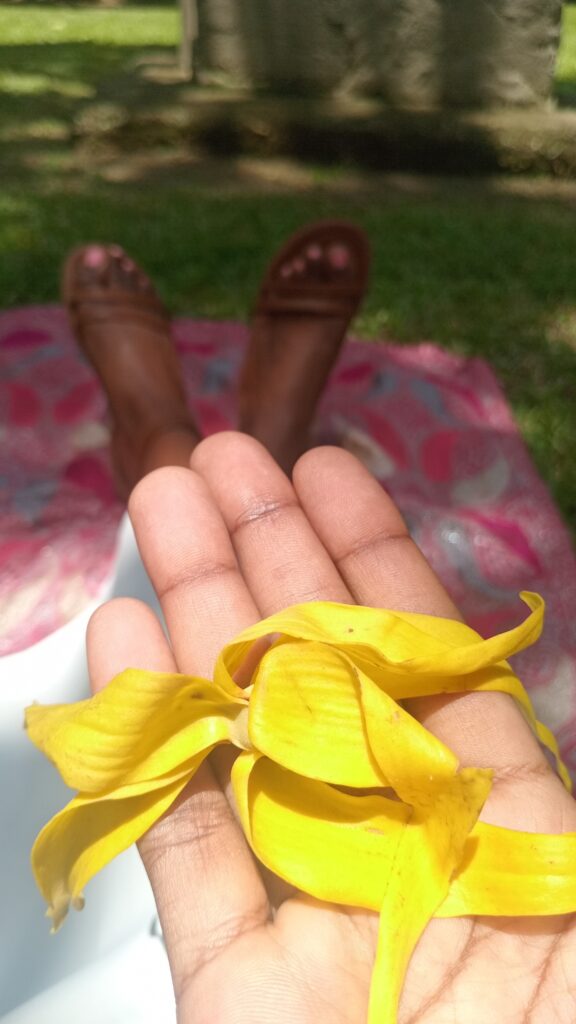
I loved it. I took it home and pressed it between the pages of the journal I used at the Gardens.
I hope the tree will be in bloom on your visit to the Gardens!
Next up, one of the oldest trees at Bath Botanical Gardens.
The Baritone, I was told is over 230 years old. It’s age determined by the latest tests by botanists and other qualified persons in this field. Apparently, you don’t necessarily have to cut down a tree to determine its age, as many do by the rings. There are other ways of determining this.
A fascinating thing I learnt is that there is a large bee hive in this tree. with honey of course! However, there is an appreciation of the ecosystem that thrives at the Gardens. As a result, as best as possible nature (inclusive of flora and fauna) are protected and duly considered.
This may very well be the luckiest bee hive ever!
Other Trees at Bath Botanical Gardens
Blood Vein Tree – This tree is said to ‘bleed’ if it is cut at a certain time of day during Easter.
Elephant Apple Tree – Bears a fruit not eaten in Jamaica, however used by the Indians in their pickles and even chutney,
Royal Palms – Said to live for about 100 years, producing a bloom, after which it dies.
Traveler’s Palms – Another species of palms, with their leaves designed to fetch water when it rains and channel this water between secured places in the plant’s architecture. It is said that in days gone by, travelers would break the leaves a part and water would escape. Providing much needed hydration.
Soap Berry Tree – How wonderful is nature! This tree bears little berries, that, when rubbed with water, produces a soapy consistency.
Cannon Ball Tree – Given it’s name because of the big, hard fruits it bears – the size of cannon balls!
Certainly, there are many other plants at the Bath Botanical Gardens. These are just a few I learnt about and made note of on my visit. It is worthy to note here, that the quarter acre of land that the Gardens currently occupies is only a tiny fraction of what it used to be, before being destroyed by floods.
As a result of the flood, plants were transferred to Castleton in St. Mary. Castelton Botanical Gardens to be exact.
Related Post: A Quick Trip To Gramps Falls in St. Thomas
Go Visit the Bath Botanical Gardens in St. Thomas
That’s a wrap! Comment below to let me know what you found most interesting! Thanks for reading!
